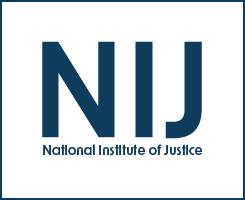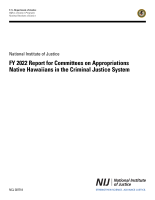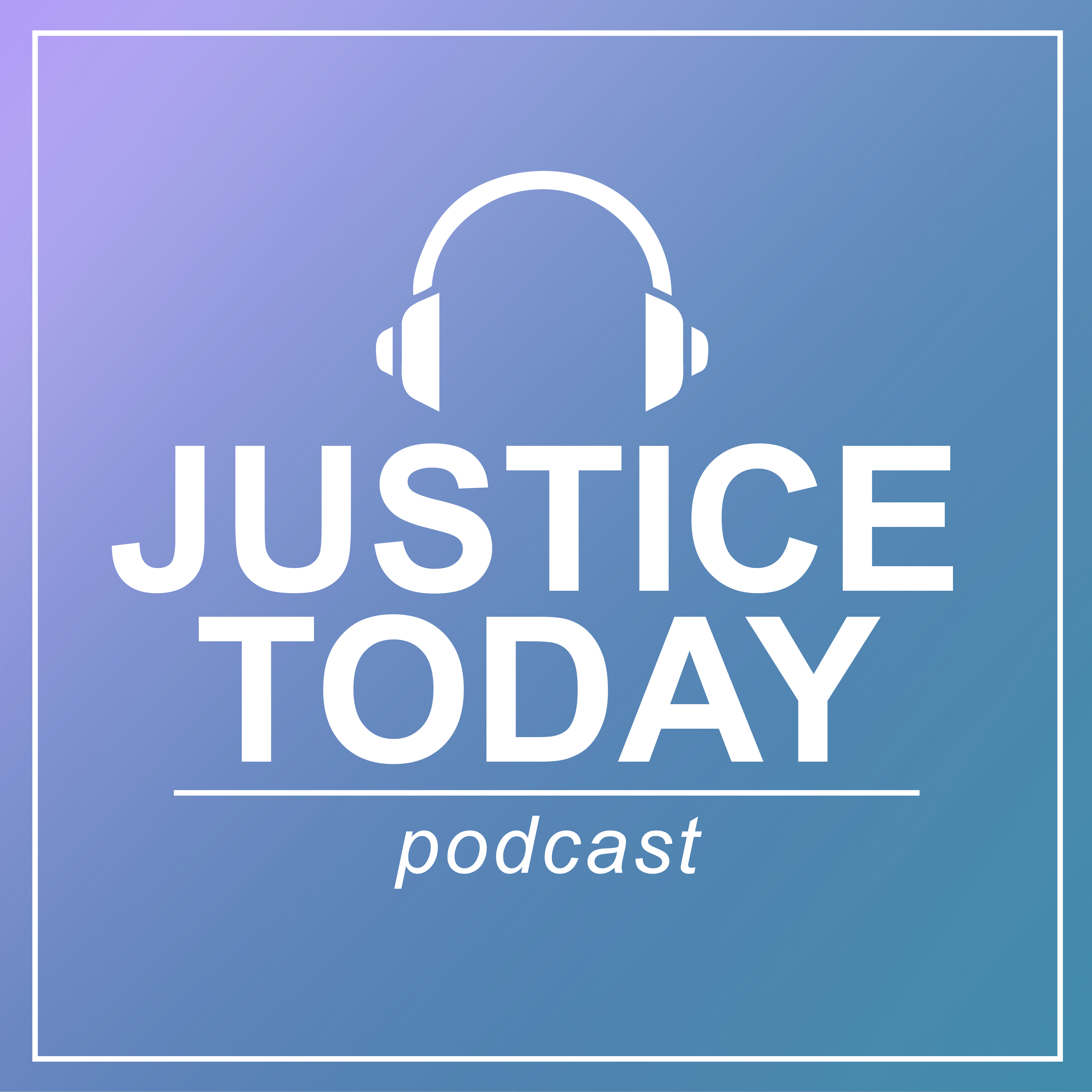Adult correctional facilities
Improving Employment Outcomes for the Federal Bureau of Prisons' Returning Citizens
Location Tracking Systems for Community Supervision
Enhancing Vocational Training in Corrections: A Type 1 Hybrid Randomized Controlled Trial Protocol for Evaluating Virtual Reality Job Interview Training Among Returning Citizens Preparing for Community Re-entry
Implementation preparation costs of virtual reality job interview training in prisons: A budget impact analysis
FY 2022 Report for Committees on Appropriations Native Hawaiians in the Criminal Justice System
Work in Long-Term Restrictive Housing and Prison Personnel Perceptions of the Humanity of People Who Are Incarcerated
In vitro cannabinoid receptor activity, metabolism, and detection in seized samples of CH-PIATA, a new indole-3-acetamide synthetic cannabinoid
Can body-worn cameras reduce injuries during response-to-resistance events in a jail setting? Results from a randomized controlled trial
Establishing Key Facts About Restrictive Housing—A Systems-Level Descriptive Analysis of Restrictive Housing and the Implications for Theory, Research, and Policy
Neighborhood matters: the impact of community context on the cumulative case processing of firearm offenses
Charting the Hidden City: Collecting Prison Social Network Data
Procedural justice, legal orientations, and gang membership: Testing an alternative explanation to understand the gang-misconduct link
Stress doesn't kill us, it's our reaction: exploring the relationship between coping mechanisms and correctional officer PTSD
"Examining the Effects of Back-End Release Discretion on Prison Populations and Length of Stay: A State-by-State Analysis"
Building Equity in Objective Prison Classification: A Model for Reducing Racial and Ethnic Disparities
Research and Development of an Approach for Non-invasive Determination of Cannabis Ingestion for Forensic Science Purposes
Meeting National Safety Council Recommendations: Accurate Rapid Tests and Laboratory Confirmation Procedures for Fentanyl and Prevalent Opioids in Oral Fluid
California: A Decade of Decarceration
PRISONERS ON THE MOVE: EXAMINING THE NATURE AND EFFECTS OF PRISON TRANSIENCY ON INCARCERATED INDIVIDUALS
De-escalation Training: What Works, Implementation Lessons, and Taking It to Scale; Plenary at the 2023 NIJ Research Conference
Police use of force, while infrequently used, is a tremendous concern to public safety in the United States when officers employ it excessively or inappropriately, causing injury or death and eroding public trust in law enforcement. This plenary from the 2023 NIJ Research Conference describes the Integrating, Communications, Assessment, and Tactics (ICAT) de-escalation training program developed by the Police Executive Research Forum to guide officers in defusing critical incidents.
See the YouTube Terms of Service and Google Privacy Policy
Inclusive Research: Engaging People Closest to the Issue Makes for Better Science & Greater Impact; 2023 NIJ Research Conference Plenary
This panel will discuss what inclusive research is, how to conduct it, and what issues and challenges exist about engaging in it. “Inclusive research” has its history as a participatory research method designed to ensure people closest to the issue or problem under study are authentically engaged in the research process rather than simply being “research subjects.” While community-based participatory research has begun to take on greater prominence in the criminal justice realm, such efforts are largely confined to qualitative research inquiries.
See the YouTube Terms of Service and Google Privacy Policy
The Residue of Imprisonment: Prisoner Reentry and Carceral Gang Spillover
When State Violence Comes Home: From Criminal Legal System Exposure to Intimate Partner Violence in a Time of Mass Incarceration
Meeting People Where They Are to Improve Institutional Culture
Incarcerated individuals deserve opportunities for healing and growth, but they often lack the necessary resources for such opportunities. Additionally, organizational cultures that don’t support these outcomes often stand in the way. Researchers and practitioners gathered at NIJ’s 2023 National Research Conference to share ideas and projects that will increase opportunities for incarcerated populations around the country. This show continues their conversation.




